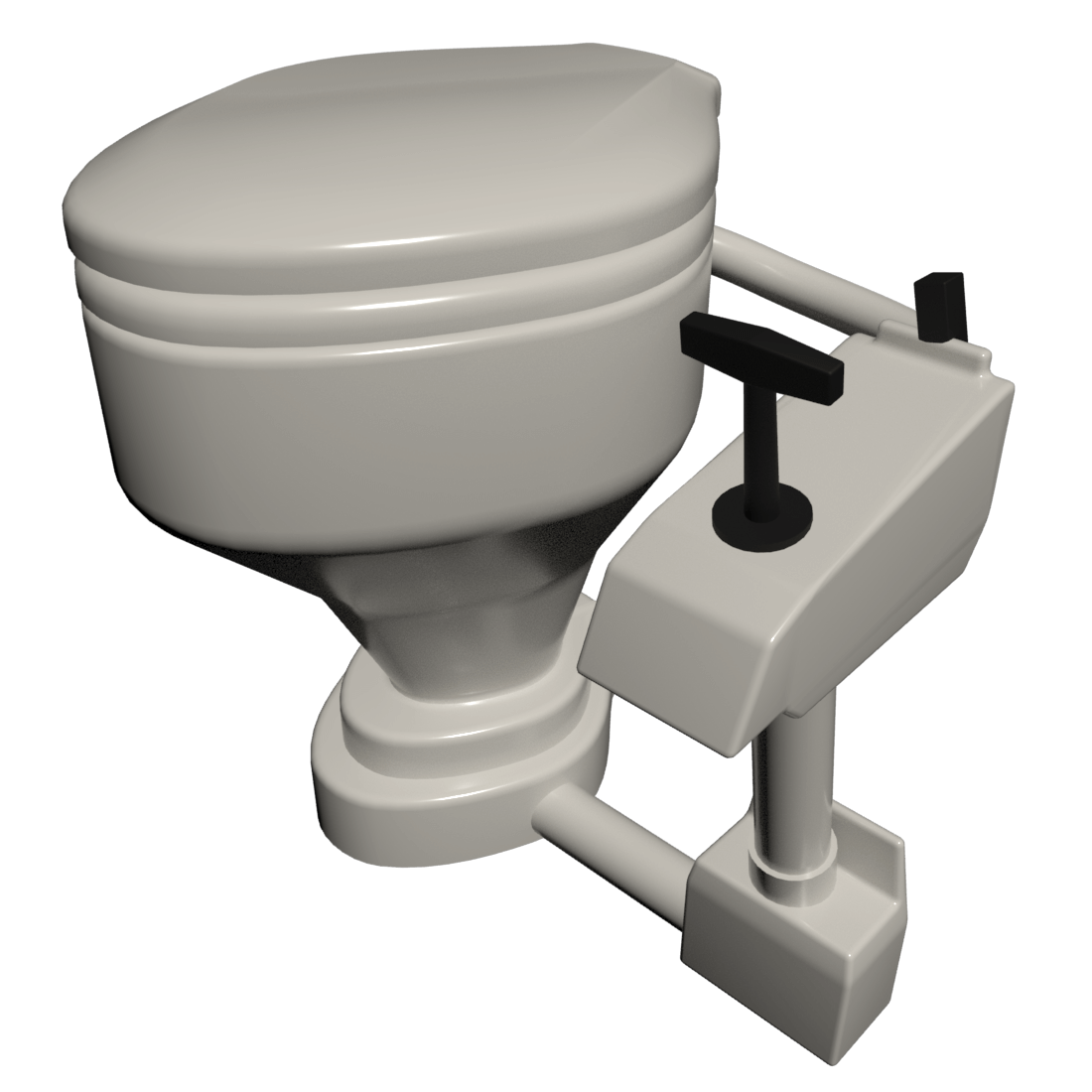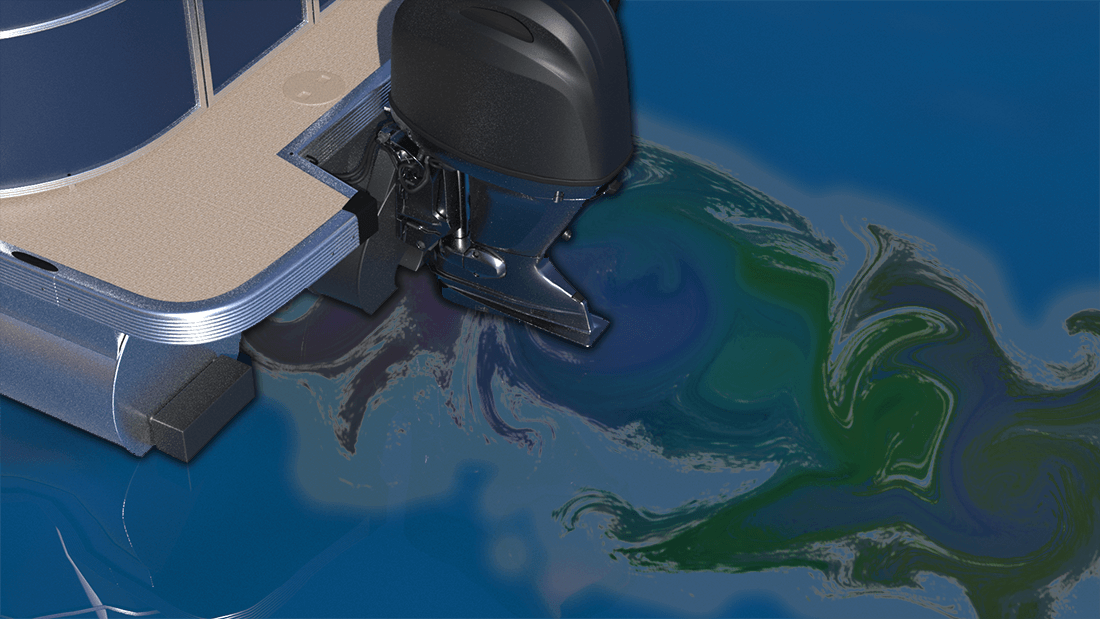Marine Toilets - Littering - Oil spills - New York State
Marine toilets requirements New York
It is illegal to discharge sewage into any of New York’s land locked-lakes that are completely within state borders as well as into any designated No Discharge Zones.
The No Discharge Zones in New York State are: Hempstead Harbor, Hudson River, water intake zones, Hudson River Estuary, Huntington-Northport Bay Complex, Jamaica Bay, Lake Champlain, Lake Erie, Lake George, Lake Ontario, Long Island Sound, Mamaroneck Harbor, New York State Canal System, Oyster Bay/Cold Spring Harbor, Peconic Estuary, Peconic Waters, East Hampton, Port Jefferson, Seneca and Cayuga Lakes, South Shore Estuary Reserve
Vessels with a marine toilet (or any equipment resulting in the drainage of waste water) must be fitted with an approved (Type III marine sanitation device) holding tank that may only be emptied at approved sanitation (marine pumpout) facilities.
If boating on water where discharging treated or untreated sewage is prohibited, you must disable the MSD to prevent any discharge. You can do this by securing the overboard discharge valves in the closed position with a padlock, non-releasable wire tie, or by removing the handle.
Boat operators may discharge treated sewage (from a US Coast Guard-approved Type I or II MSD) when operating on the Great Lakes and any tidal water.

Littering regulations New York
It is unlawful to litter in state waters. Litter must be contained until it can be disposed of properly onshore.
Oil spills regulations New York

It is illegal to discharge oil into New York waterways.
If your vessel spills oil—no matter how small the spill is—you must contact the New York State Department of Environmental Conservation at 1 (800) 457-7362 within two hours.